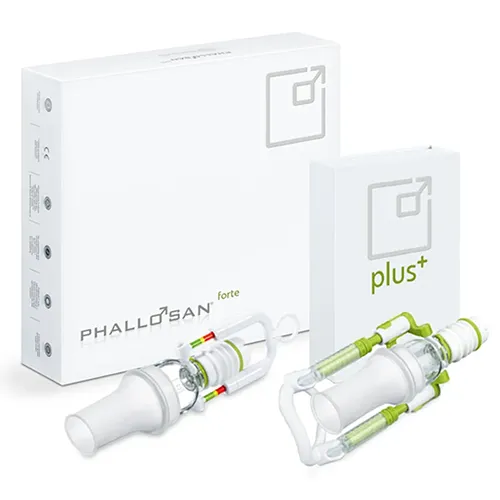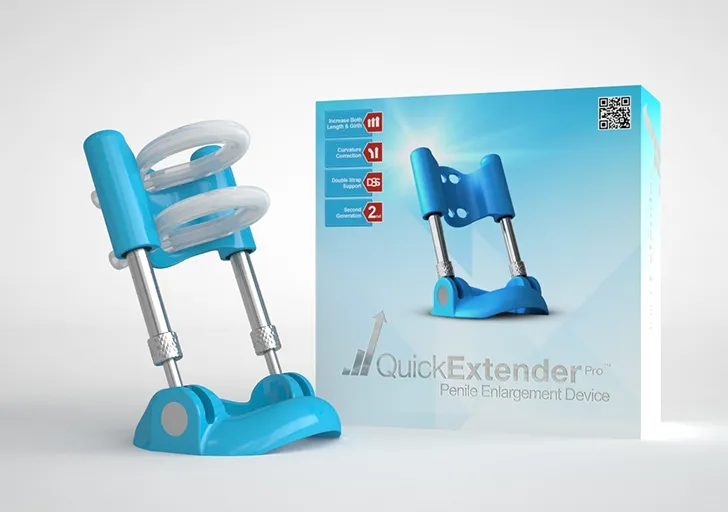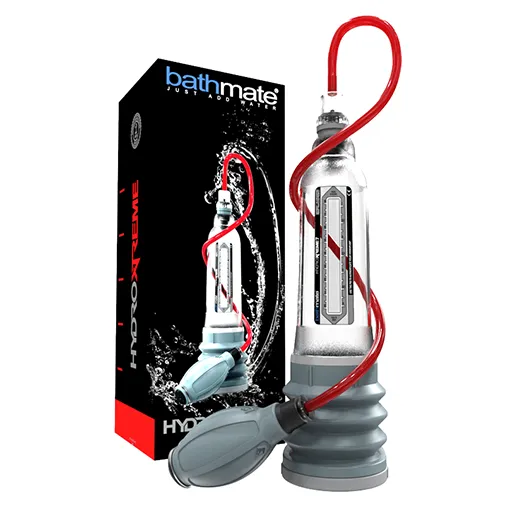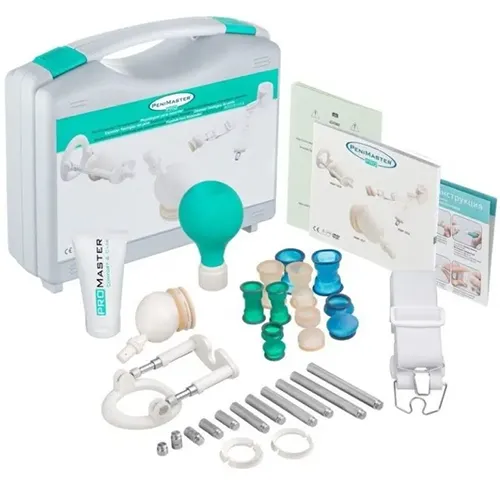
Blood Flow & Erection Science
NO pathway, endothelial function, smooth-muscle relaxation, and practical lifestyle/nutrition levers to support circulation.
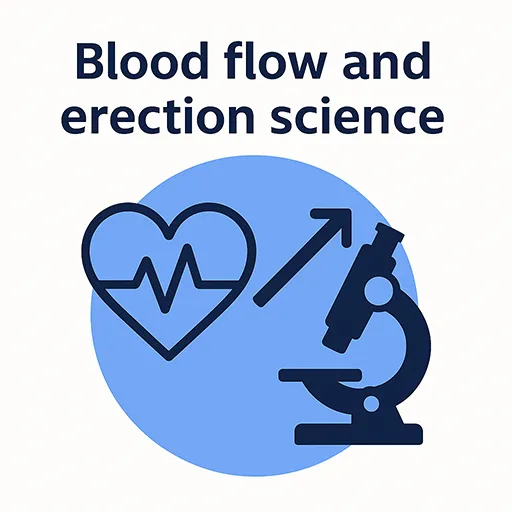
1) Physiology 101
Parasympathetic signaling triggers nitric oxide (NO) release → cGMP ↑ → cavernosal smooth muscle relaxes → arterial inflow rises and venous outflow is partially trapped against the tunica, producing rigidity.
PDE5 note: PDE5 inhibitors slow cGMP breakdown. Use only under medical supervision, and do not combine with nitrate medications.
2) Endothelial Health
- Helps: aerobic activity, good sleep, weight & BP control, whole-food diet.
- Hurts: smoking, hypertension/insulin resistance, chronic stress, sleep deprivation, ultra-processed diets.
3) Lifestyle Levers
- Aerobic base: 90–150 min/wk brisk walks, cycling, swimming.
- Strength: 2–3×/wk to improve insulin sensitivity.
- Stress & sleep: 7–9 h sleep; slow nasal exhales to reduce sympathetic tone.
4) Nutrition & Supplements
- Nitrate-rich: beetroot, arugula, spinach.
- Polyphenols: pomegranate, berries, dark chocolate (≥70%).
- Healthy fats & micronutrients: EVOO, nuts, omega-3 fish, magnesium, zinc, vitamin D (if deficient).
Medication warning: Do not take nitrate drugs with PDE5 inhibitors (risk of hypotension).
5) Training & Circulation
- Warm up for 3–5 minutes before sessions (warm compress/shower).
- Do stretching/jelqs at RPE 2–3 (low, steady load).
- Separate modalities in time (several hours apart or on alternating days).
- After sessions: 2–3 minutes warm-down + 5–10 minutes easy walking.
6) Health Checks
- Blood pressure; fasting glucose/A1c; lipids (HDL/LDL/TG); smoking status.
- Consult a clinician if issues persist or worsen.
7) FAQ
NO-supporting foods vs. arginine/citrulline?
Dietary nitrates (beet/arugula) use the nitrate → nitrite → NO pathway, while arginine/citrulline provide substrate for eNOS—both can contribute to NO production via different routes.
Does stress really matter?
Yes. Elevated sympathetic tone increases vasoconstriction and interferes with NO-mediated relaxation. Sleep, aerobic work, and breathing practices help restore balance.
